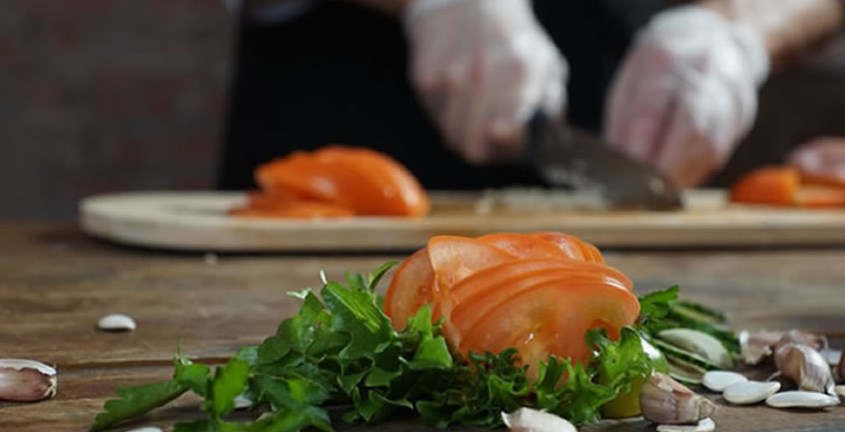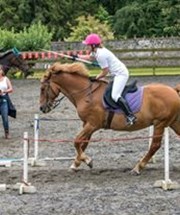How to prepare for your Environmental Health Inspection
How to prepare for your Environmental Health Inspection

This is such a massive topic I’ve decided to spit it into five separate blogs which will be released over the next five weeks.
We all know that Food Handling Operators are regularly inspected by the Environmental Health, and for a lot of you out there, the thought of an Environmental Health Inspection can be so terrifying it can chill you to the bone! This blog is meant to alleviate some of that fear, and to let you know that Environmental Health are there to make sure the food you are serving is safe, well cooked, prepared hygienically and most importantly is not contaminated with E-Coli or any other nasty micro-organisms which will make your punters ill!
The first point I’d like to make is that Environmental Health will almost never arrive at your premises and ‘shut you down’ unless you are behaving like a total dirty pig, and have vermin scurrying across your floors and your counters. Environmental Health’s first priority is to make sure that the food you are serving is safe… but that does not mean that they will shut you down, in fact on the whole Environmental Health Inspectors really want to work with business owners to put practices in place which will help you to ensure your food is safe, hygienically prepared as well as sumptuous, delicious, mouth watering……
So I intend to give you 5 Golden Rules to make your relationship with your Environmental Health Officer a
seamless one. So off we go then…..
Colours are your friend….
Make sure that you have a colour coding system in place for each area to be cleaned. Meaning all of your cleaning equipment should be designated a colour which assigns it to a certain area. For each area you should have a mop, mop bucket, a colour coded handle, cloths, and potentially brushes and a dust pan – all colour coded.

So Blue would be general low risk areas, such as the lobby, corridors, general waiting rooms etc. In the Blue Zone you would have a blue mop & bucket, blue cloths, blue brushes etc. I may be pointing out the obvious here, but to be crystal clear; Green is for Kitchens and Bars, food areas, bar tops, cleaning sinks etc. Red is for Sanitary Fittings and washroom floors – to avoid confusion Red is for Toilets, Urinals, and Bathroom floors and Yellow is for Bathroom Sinks, the areas around the sinks for wiping down dispensers and the like.
It is very important that everyone who is using or who has potential to use the cleaning products/materials know which designated area these are to be kept in and used in to avoid cross contamination.
Posters with the colour coding designation schedule should be on display in every cleaning cupboard, and should be next to all cleaning supplies. I cannot stress this enough, everyone in your cleaning team/kitchen team/bar team/janitorial team – so everyone….. should know what cloth goes where, and which mop is used on which floor.
Under absolutely no circumstances should a red mop be dragged through a green zone – no mops that have been in the toilets (potentially covered in faecal bacteria) should EVER be dragged through the area you would be serving drinks or preparing food. Your environmental health officer will want to see presence of the posters, your colour coded mops/buckets/cloth/rubber gloves, and when they see these they will immediately be set at
ease that you have the basics totally nailed!
Get your entire colour coded sets with us! This link will direct you to a search result for all of our colour coded cleaning materials.

Comments
Post a Comment